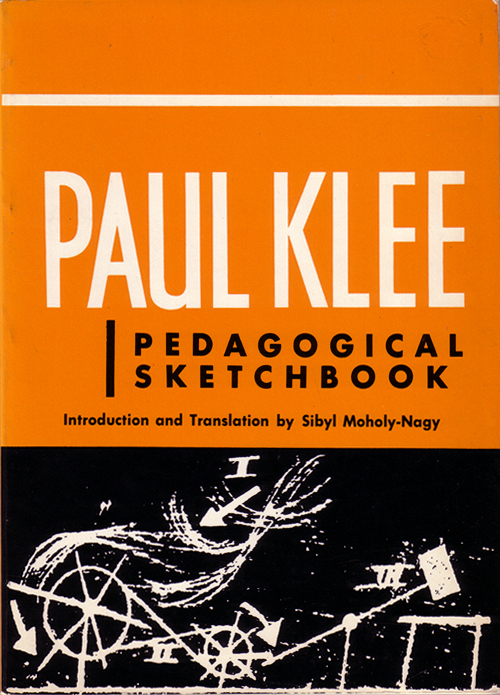Physicists have long suspected that quantum mechanics allows two observers to experience different, conflicting realities. Now they’ve performed the first experiment that proves it.
Source: A quantum experiment suggests there’s no such thing as objective reality

